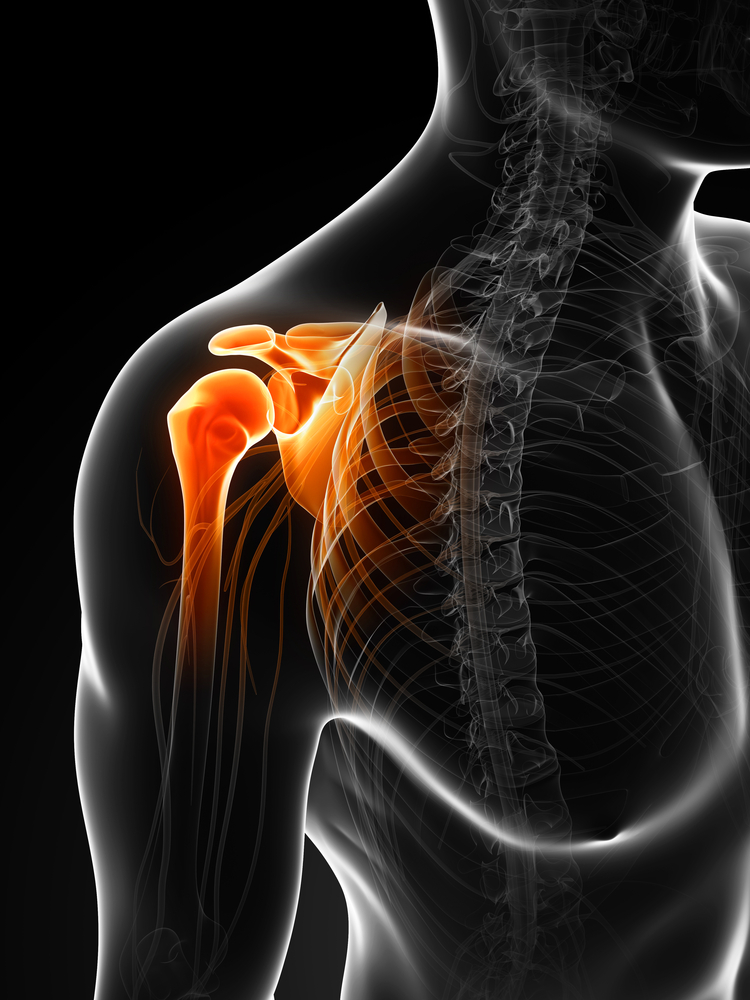
What is a frozen shoulder?
Most of you will have heard of a ‘frozen shoulder’; many of you will know someone who has had it and some of you will have had it yourselves. But what is it?
It isn’t just a painful shoulder and it isn’t just a shoulder that you can’t move. It is defined as a ‘global loss of passive movement with normal x-rays’. And that means that not only can you not move it, but your doctor can’t move it for you either.
Diagnosis
The x-ray is absolutely essential and the diagnosis of frozen shoulder cannot be made without one since, especially in the older patient, arthritis is another cause of a stiff shoulder.
Causes
The shoulder is a ball-and-socket joint surrounded by lots of layers that hold it together and move it around: skin, fat, muscles, ligaments and tendons. Those are all normal in a frozen shoulder, but what isn’t normal is the inside lining of the joint called the capsule. Normally this is thin and stretchy – like Lycra – but in a frozen shoulder something upsets it causing it to thicken and lose its elasticity. That is what causes the pain and loss of movement.
There is always a trigger that causes the shoulder to freeze. It may not be necessarily obvious or due to anything dramatic, and may occur weeks or even months before you realise there is something wrong. In other cases, the trigger may be more obvious, for example after surgery on the arm or chest, or after a fall.
Stages of frozen shoulder
Stage 1: Freezing
In its early stages, a frozen shoulder can be a difficult thing to diagnose because the symptoms can be identical to tendonitis – painful when you move it, but still moving reasonably well – this is stage one: ‘freezing’. This means that frozen shoulder is misdiagnosed three times out of four, such that 75% of people who are told they don’t have a frozen shoulder actually do, and vice versa.
Stage 2: Frozen
Usually by the time you get to see a specialist like myself, the condition has progressed and you will be in stage two: ‘frozen’. This is where the shoulder simply doesn’t move. If you lie on the floor and stretch both arms overhead, the good hand will hit the carpet but the bad one won’t and if you bend your elbow, tuck it in to your side and try and move the hand out sideways – it won’t go all the way.
Stage 3: Defrosting
The final stage is ‘defrosting’ where the capsule slowly and steadily recovers and the movement returns to normal or nearly normal.
Treatment
Left to their own devices most frozen shoulders get better; on average, this takes about 18 months.
If caught in the freezing-up stage, then injections of steroid and hydrodilatation to the ball and socket joint might help with the pain. Physiotherapy does not help and can make the condition last longer. If you don’t want to wait then you can have an operation to accelerate the process and you can find details of the procedure and the recovery on my website.
About half my patients choose surgery and half opt to let nature take its course – that decision is up to you.
Frozen shoulder is a very common condition that is all too often misdiagnosed. It will get better by itself, but if you can’t cope with the loss of movement and function then a keyhole operation can get you better quicker.
